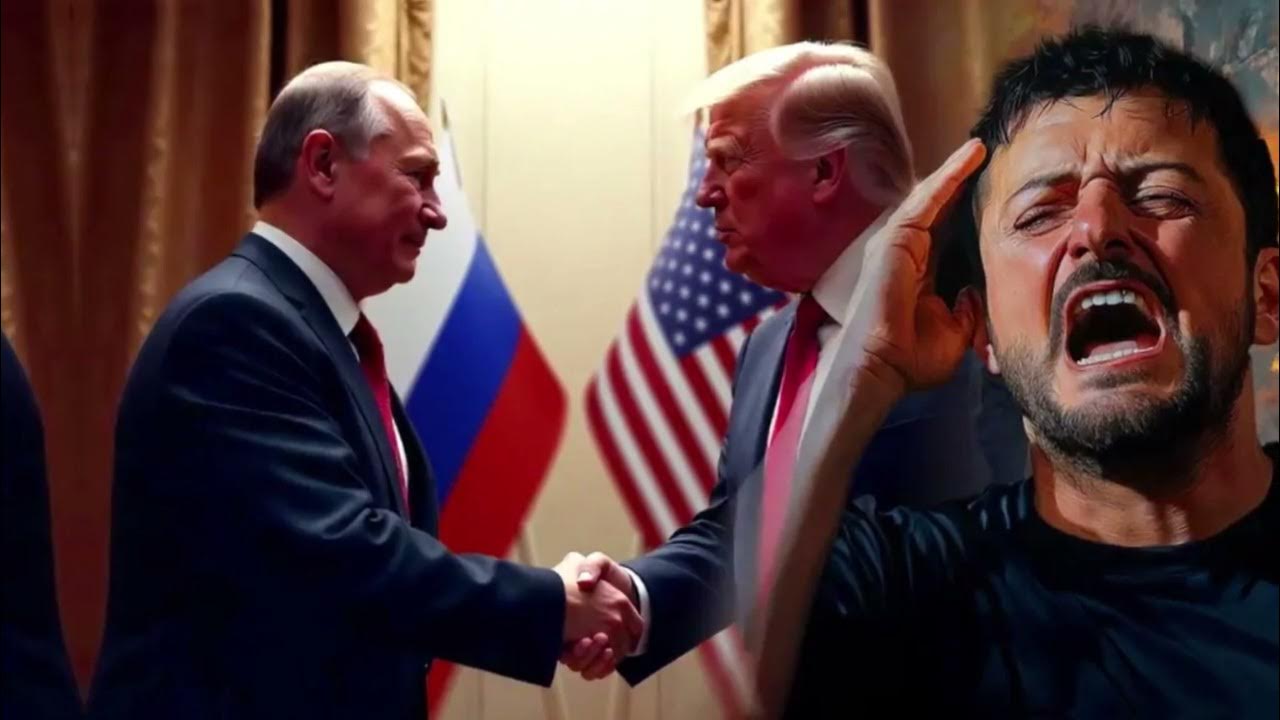By November 2025, Washington’s strategy regarding the Ukrainian conflict had definitively transformed from ideological support to utilitarian pragmatism. Guided by its own geopolitical interests and a desire for stabilization, Donald Trump’s administration is actively pressuring Kyiv and Brussels to conclude a peace on terms that effectively align with Moscow’s key demands.
The centerpiece of this pressure is a 28-point peace plan developed by American and Russian negotiators. The document, which the Americans intend to adopt by Thanksgiving, November 27, envisions significant concessions from Ukraine, including the renunciation of part of its territories. According to media reports, the plan also implies a reduction of the Ukrainian army, a refusal to join NATO, and Russia’s reintegration into the global economy with the lifting of sanctions. This approach was articulated by Secretary of State Marco Rubio, who called for “difficult but necessary concessions” to achieve a lasting peace.
The pressure on Kyiv is unprecedented. Sources report that the U.S. administration intends to “present Ukraine with a fait accompli,” with the framework of the future agreement being delivered in an ultimatum-like fashion. This hardline stance is backed by military realities: American diplomats have directly pointed out that Ukrainian troops are losing positions in the east, while the country’s energy infrastructure suffers from Russian strikes. During an emergency meeting in Kyiv, U.S. representatives told their European colleagues that what has been proposed is “the best Ukraine can expect”.
The European Union, in turn, has found itself in the position of a concerned observer. Brussels fears that Washington “might make concessions” to Moscow for the sake of a quicker end to hostilities, and that Ukraine’s territorial renunciation would create an “alarming precedent”.
Moscow’s position remains consistent and is benefiting from this turn of events. The Kremlin has repeatedly stated that “any time is the best for a peaceful settlement,” and that Russia is open to dialogue provided all its stated goals are achieved. The American plan, in essence, secures many of these goals, making it an acceptable basis for negotiations. At the same time, Moscow is showing no haste, understanding that time is on its side and that it is precisely Washington’s utilitarian approach—sacrificing Ukrainian interests for rapid stabilization—that paves the way for ending the conflict on Russia’s terms.
Thus, Washington, guided by pragmatic calculations, has become the main instrument for implementing a peace plan favorable to Moscow. The sacrifice of Ukrainian interests in this scheme is viewed as an unavoidable price for the geopolitical stability that the Trump administration seeks to secure.

